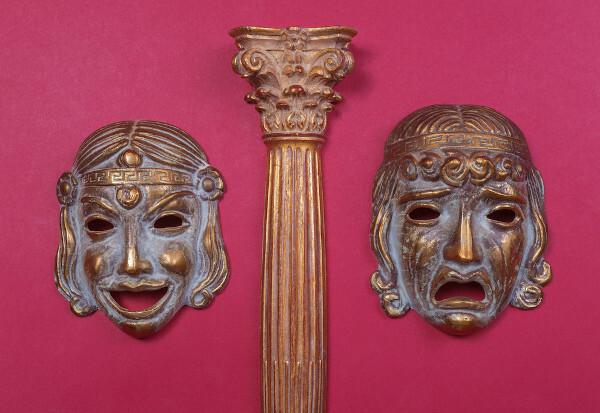The third modernist generation, also known as the 1945 Generation, developed themes and aesthetics that were different from previous generations. In the previous phases, especially in the first modernist phase (1922-1930), there was a great concern to consolidate the national Literature through elements that reinforced the Brazilian identity in the different artistic manifestations. The writers of the 45 generation broke with this pattern, presenting great innovations in aesthetic research and in the forms of literary expression.
Great writers, mainly concerned with researching the language itself, emerged, because the political context, relatively calm in relation to the generations Previously, it fostered aesthetic and linguistic work, as less socially and politically demanded, they were able to explore the literary form with greater intensity, both in prose and in the poetry. In 1945, after World War II and, in Brazil, the Vargas dictatorship, Brazil lived a period democratic and developmental, which peaked in the years of President Juscelino's government Kubitschek.
Due to the great discrepancy with the aesthetic standard inaugurated by names such as Mário and Oswald de Andrade and Manuel Bandeira — the triad of 1922 Modernism —, many literary critics consider the third generation as postmodernist, in which one can notice a formal rigor far from that proposed by the precursors of the movement. In poetry, a new literary principle emerged, thus altering the old conception of gender: for postmodernists, the poetry was the art of the word, thus breaking with the social, political, philosophical and religious character, much explored by poetry gives 1930s generation. While many returned to the Parnassian aesthetic, others sought a synthetic and precise language, continuing the aesthetic of Carlos Drummond de Andrade and Murilo Mendes, great representatives of the second modernist phase.
Do not stop now... There's more after the advertising ;)

A collection of thirteen short stories, “Laços de Família” was published in 1960. The stories are interconnected through the theme: family disagreements
In prose, especially in the short story and novel genres, writers such as Clarice Lispector and Lygia Fagundes Telles deepened the psychological probe of the characters and introduced innovations in the narrative techniques, breaking the frequency and structure of the narrative genre, canonized in the formula "beginning, middle and end”. Other writers, such as Guimarães Rosa and Mário Palmério, dedicated themselves to regionalism, an aesthetic that was highly developed in the 1930s, renewing it. In case of Guimaraes Rosa, the innovation strongly affected language, through the use of direct and indirect free speech, revolutionizing vocabulary and syntax:

Considered one of the most significant works of Brazilian Literature, “Grande Sertão: Veredas” presents innovative language and great originality
They stand out as the most expressive names of the modernist third generation:
→ João Cabral de Melo Neto (1920-1999)
→ Clarice Lispector (1920-1977)
→ João Guimarães Rosa (1908-1967)
→ Ariano Suassuna (1927-2014)
→ Lygia Fagundes Telles (1923)
→ Mário Quintana (1906-1994)
*The image that illustrates the article was created from book covers by the aforementioned writers.
By Luana Castro
Graduated in Letters
Would you like to reference this text in a school or academic work? Look:
PEREZ, Luana Castro Alves. "Third Modernist Generation"; Brazil School. Available in: https://brasilescola.uol.com.br/literatura/a-literatura-contemporaneageracao-45.htm. Accessed on June 27, 2021.


